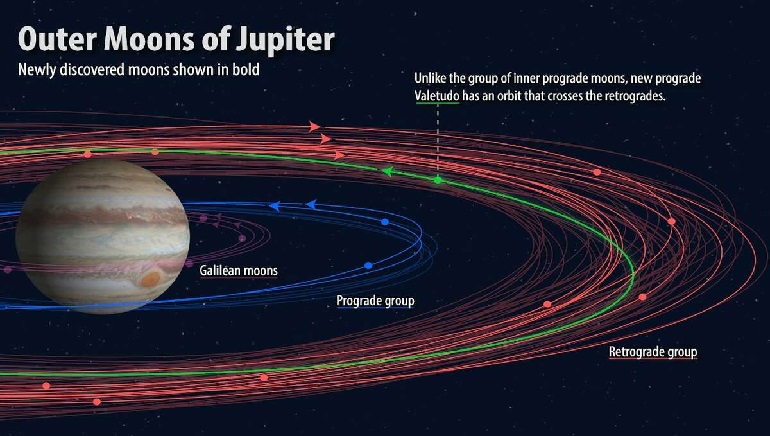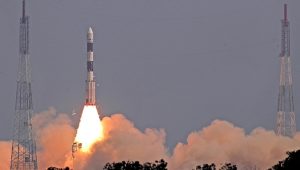Astronomers have observed 12 additional moons orbiting Jupiter, bringing its total number of confirmed moons to 92. The king of the planets, Jupiter is the largest one in our solar system and now also the one with the most known moons.
The discovery was made during observations by astronomer Scott Sheppard of the Carnegie Institution for Science and his team. The team used technologies like the Subaru Telescope in Hawaii in September 2021 and the Dark Energy Camera located on the Blanco telescope at the Cerro Tololo Inter-American Observatory in Chile in August 2022. The Dark Energy Camera can survey the sky for faint objects.
Jupiter and its natural satellites were in alignment with more distant targets that Sheppard and his team had been seeking in the Kuiper Belt, which is a doughnut-shaped ring of icy objects circling the sun that’s located past the orbit of Neptune on the edge of the solar system.
Finding additional moons around Jupiter and determining their orbits could help identify targets for future missions. The European Space Agency’s Jupiter Icy Moons Explorer, scheduled for launch in April, and NASA’s Europa Clipper mission, expected to launch in 2024, will visit Jupiter and some of its moons in this decade. The missions might be able to swing by the newly discovered moons on their way.















